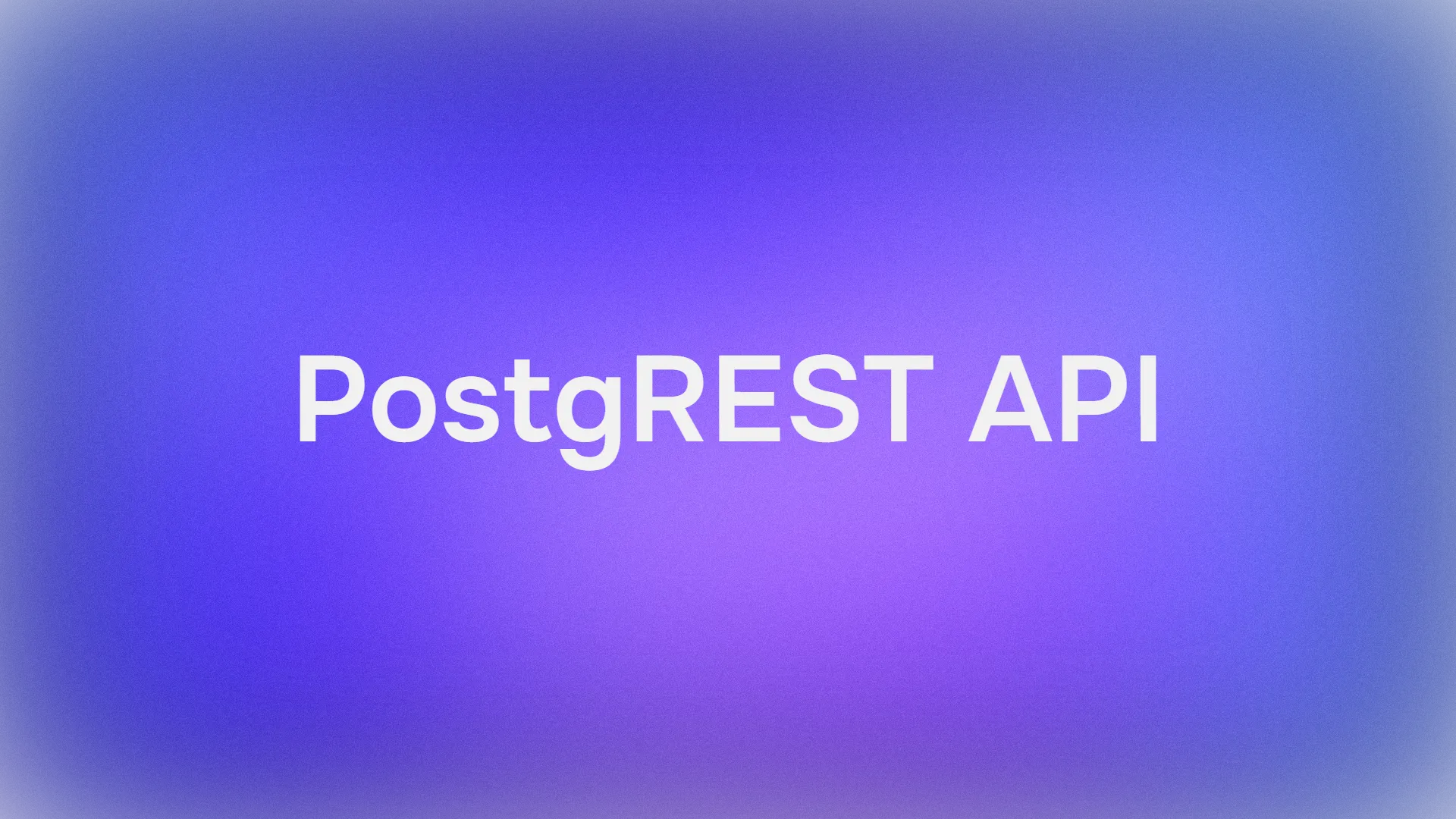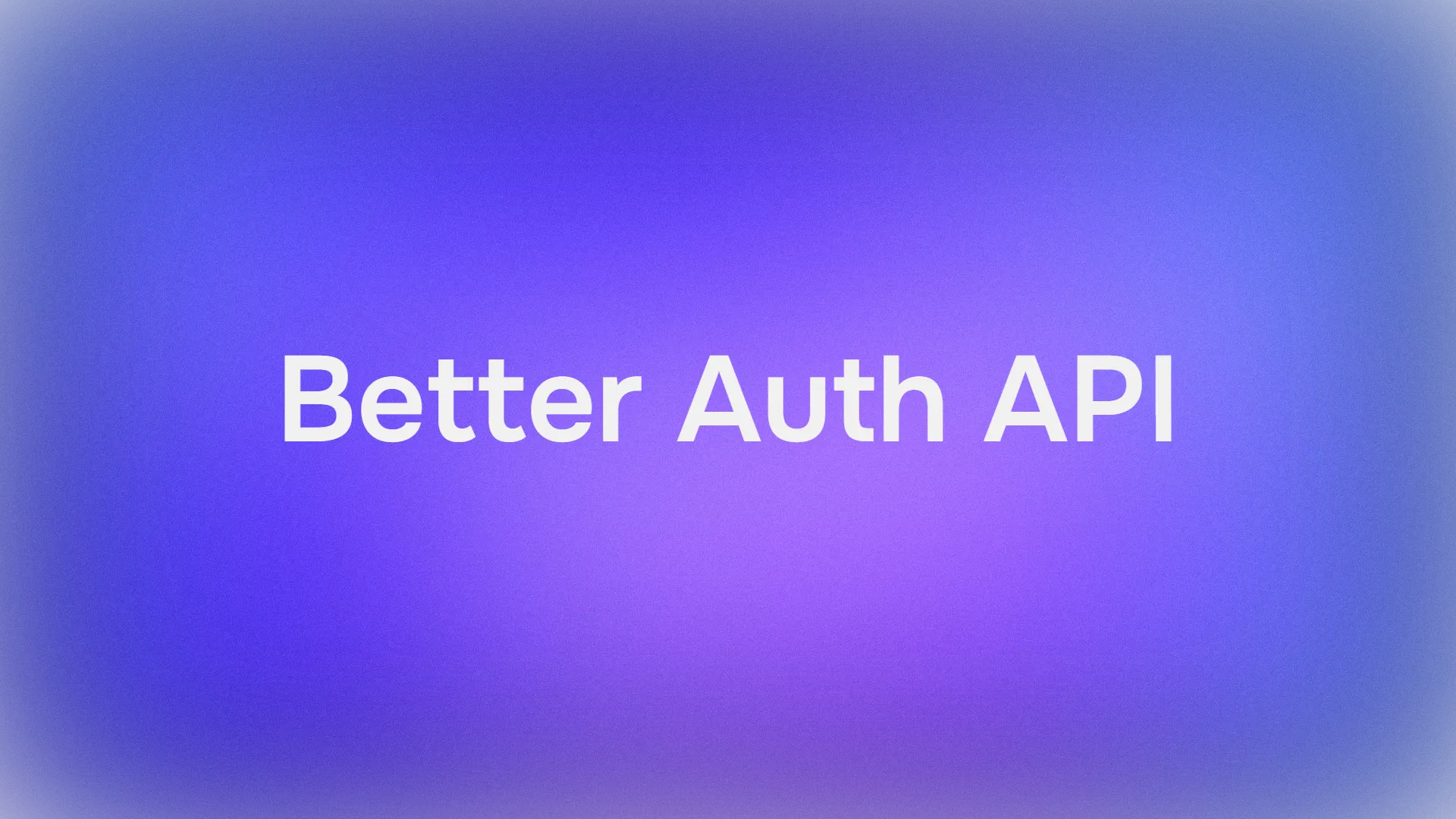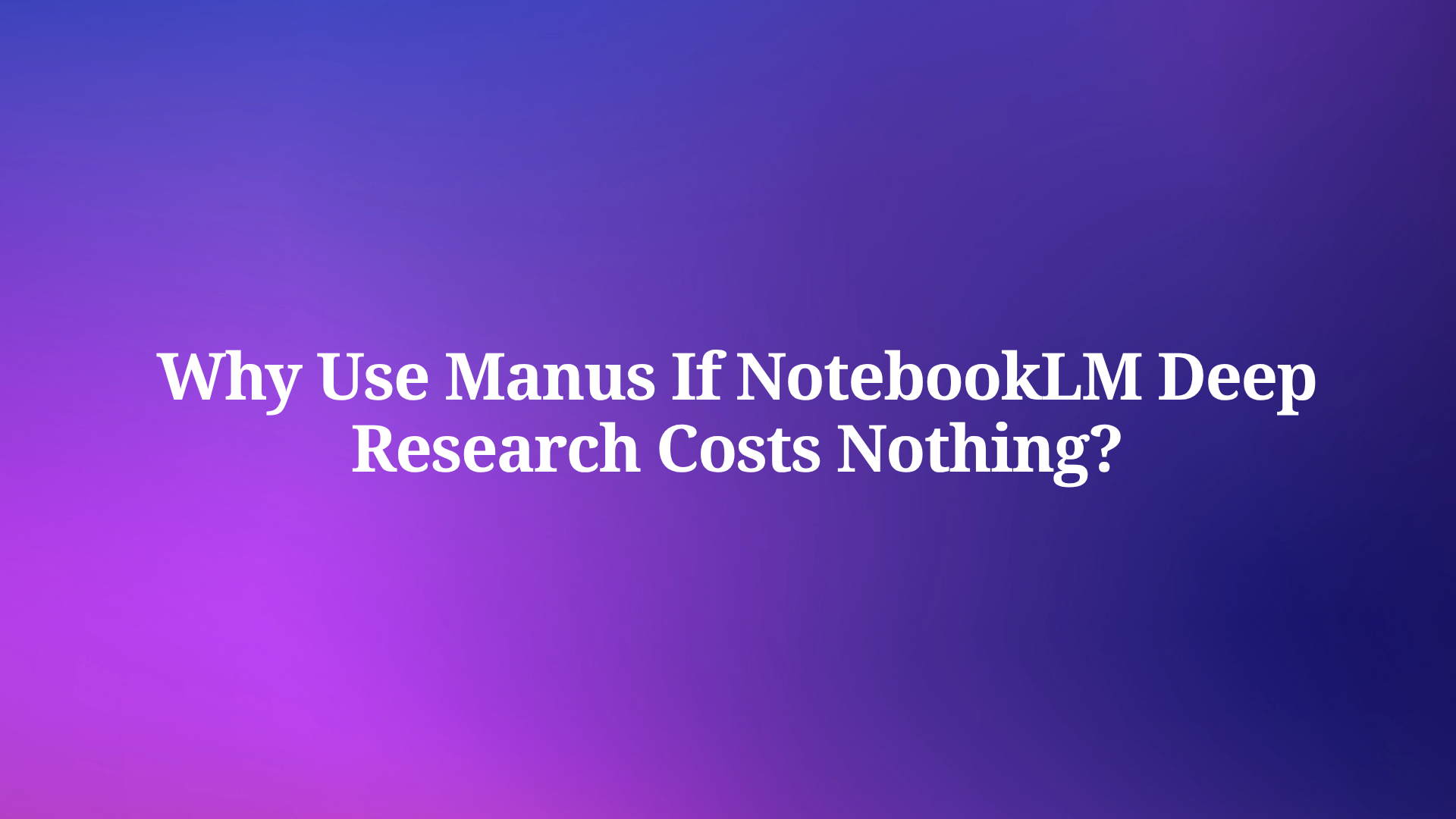Cursor has rapidly emerged as the best AI Coding IDE, integrating large language models (LLMs) directly into the development workflow. Its ability to understand context, generate code, answer questions, and automate tasks is transformative. A core component of this intelligence lies in its "Agent" capabilities, which leverage various "tools" – like web search, file reading, or potentially code execution – to gather information and perform actions. However, like any powerful resource, these tools operate within certain boundaries. One crucial boundary is the tool call limit. Understanding this limit, what happens when you reach it, and how different modes affect it is key to maximizing your productivity in Cursor.
This article delves into the specifics of Cursor's tool call limits, particularly the standard 25-call threshold, the "Continue" mechanism, the expanded capabilities and distinct cost structure of MAX mode, and strategies for efficient tool usage.
Want an integrated, All-in-One platform for your Developer Team to work together with maximum productivity?
Apidog delivers all your demands, and replaces Postman at a much more affordable price!
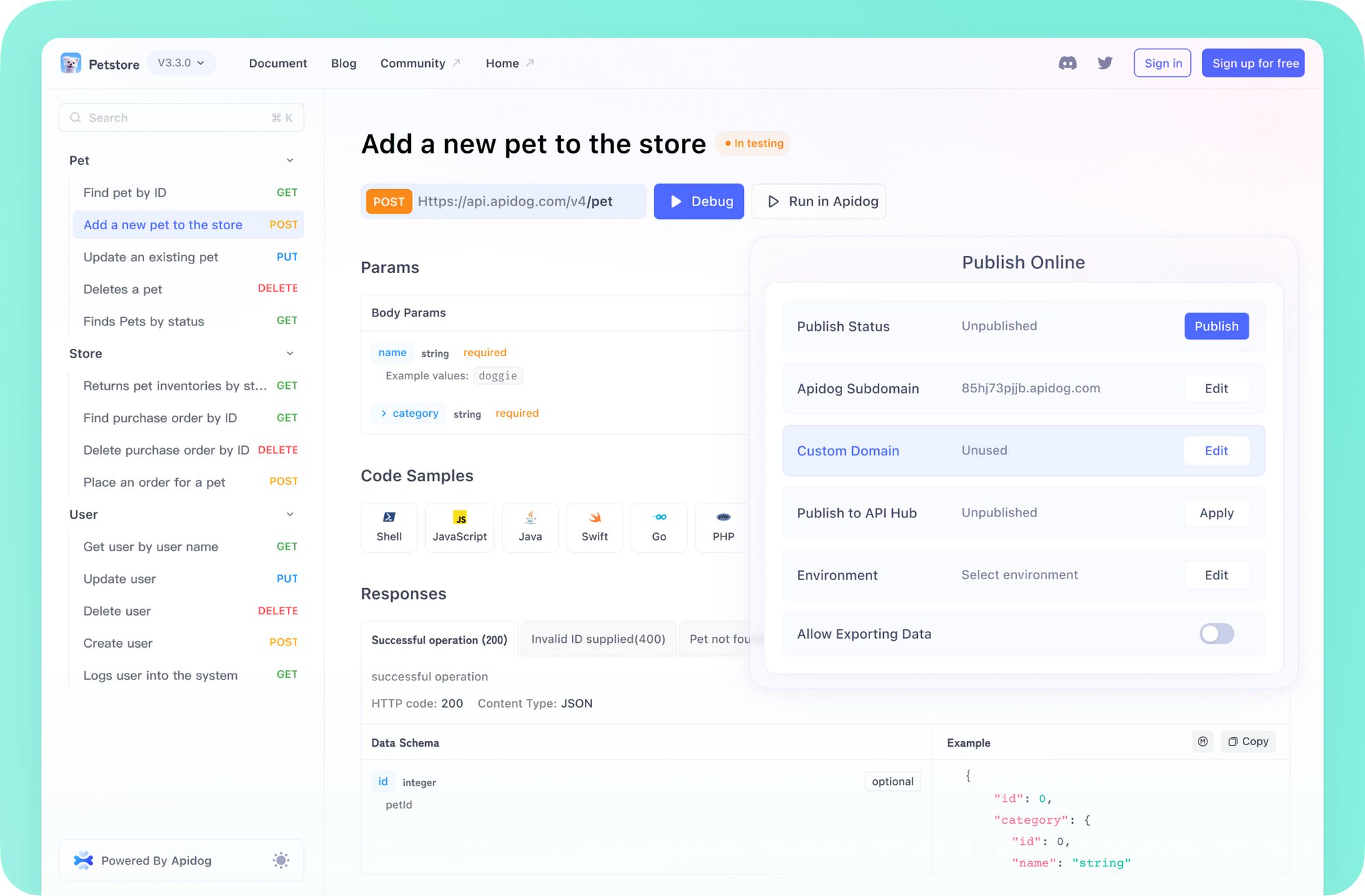
What Are Tool Calls in Cursor? What's the Limit?
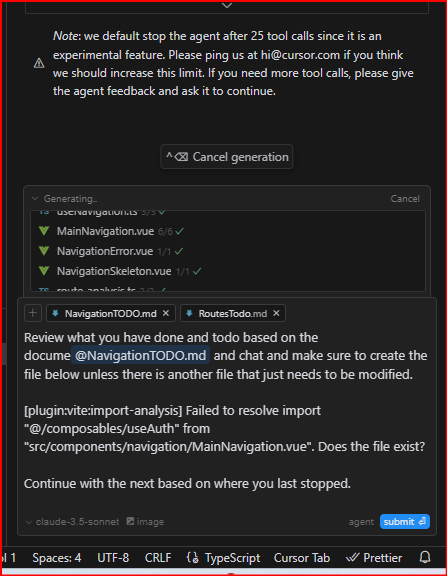
Let's clarify what "tool calls" are in the Cursor context. When you interact with Cursor's AI, especially using its Agent features, the AI doesn't just rely on its internal knowledge. To provide accurate, up-to-date, or contextually specific answers, it often needs to perform actions. These actions are tool calls.
Examples include:
- Web Search: Looking up documentation, finding examples, checking for recent library updates.
- File Reading: Analyzing code in your current project files to understand context, find definitions, or identify dependencies.
- (Potentially) Code Execution: Running code snippets to test solutions or verify behaviour (though specific implementation details vary).
Each time the AI decides it needs to use one of these external capabilities to fulfill your request, it constitutes one tool call.
In Cursor's standard Agent mode, which is the default for many interactions, there's a built-in limit of 25 tool calls per interaction. This means that for a single query or command you give the AI, it can perform up to 25 distinct actions like searching the web or reading files before it needs further instruction.
I Hit Cursor's Limit, How Can I Continue?
When the AI determines it needs to make a 26th tool call (or more) to fully address your prompt, it doesn't simply fail or give up. Instead, Cursor presents you with a prompt, often featuring a button labelled "Continue".
This "Continue" prompt serves as a checkpoint. It informs you that the AI needs to perform more actions than initially budgeted for the interaction and asks for your explicit permission to proceed.

Pressing "Continue" is straightforward: it authorizes the AI to make one additional tool call. If it needs another one after that, you'll likely be prompted again.
Crucially, according to the provided notes, each time you press "Continue", it doesn't just allow another tool call; it also counts as one additional request against your usage quota or potential billing.
This distinction is vital. It's not just about letting the AI do more work within the same interaction envelope. Clicking "Continue" effectively initiates a follow-up request, adding to your overall usage count. For users on free tiers or those monitoring their request counts under Pro/Business plans, frequent reliance on "Continue" can consume their allocation faster than anticipated.
How to Write Better Cursor Prompts to Avoid Limits
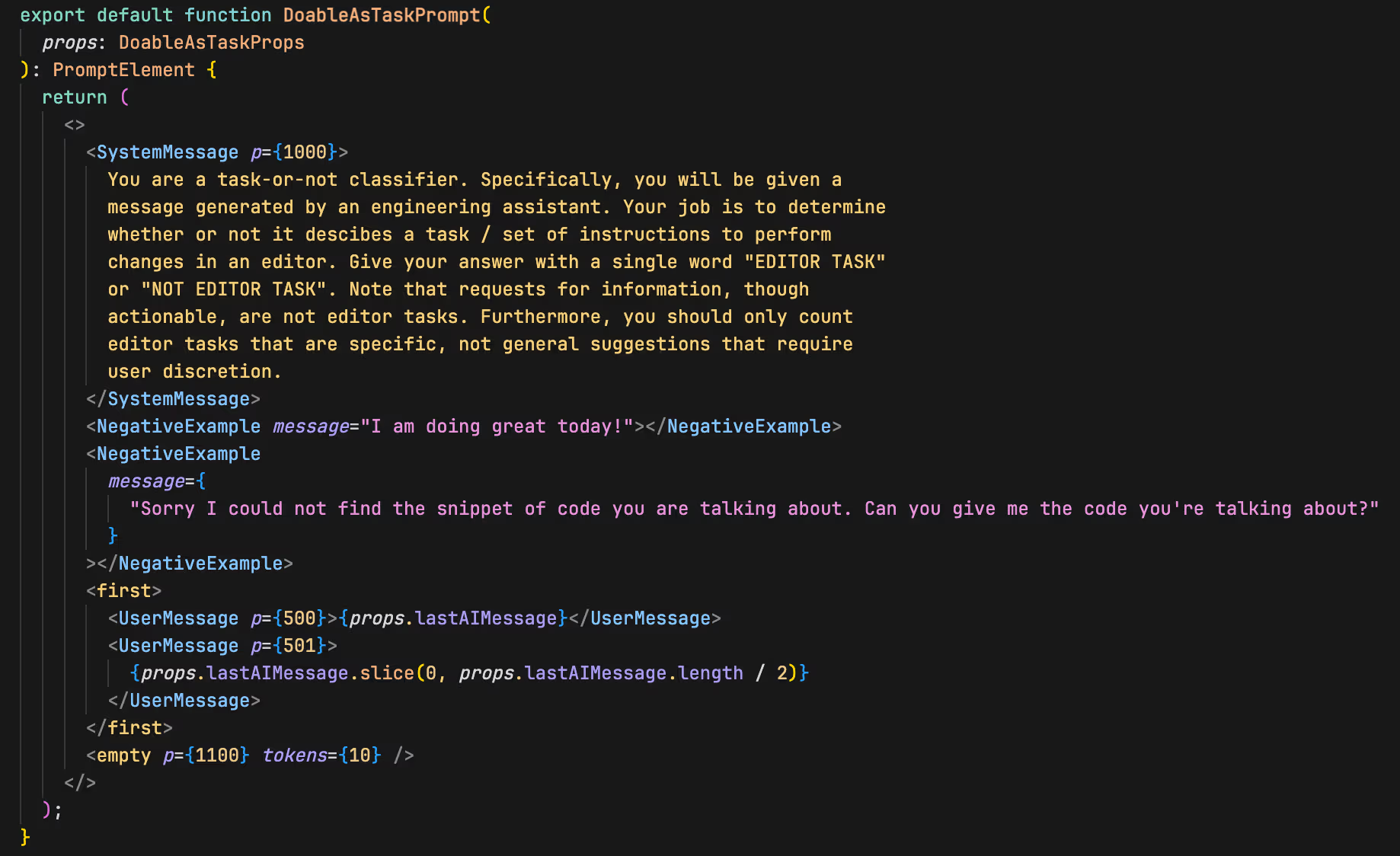
Hitting the "Continue" button repeatedly isn't always the most efficient approach. It can slow down your workflow and potentially increase your request count unnecessarily. Here are some strategies to make the most of the initial 25 tool calls:
Refine Your Prompts: Vague or overly broad prompts often force the AI to make numerous exploratory tool calls. Be specific.
- Instead of: "Fix the errors in my code."
- Try: "In
filename.py, I'm getting aTypeErroron line 52. The error message is '...'. Can you analyze the functionmy_functionstarting on line 40 and suggest a fix?" - Instead of: "Tell me about React state management."
- Try: "Compare Zustand and Redux Toolkit for state management in React, focusing on bundle size, boilerplate code, and ease of learning for beginners. Provide brief code examples for setting up a simple counter in each."
- Break Down Complex Tasks: If you have a large, multi-faceted task, consider breaking it into smaller, sequential prompts. This gives you more control and allows the AI to focus its tool calls more effectively for each sub-task. Instead of asking the AI to design, implement, and test an entire feature in one go, ask it to outline the design first, then generate code for specific components, then suggest test cases.
- Leverage Existing Context: Ensure the AI has access to relevant files. If you're asking about code in your project, make sure those files are open or easily accessible to Cursor. This can sometimes reduce the need for the AI to perform broad searches or repeatedly read the same files.
- Combine Related Questions: If you have several related questions that might require similar background information (e.g., multiple questions about the same API or library), try asking them together in one prompt. The AI might be able to reuse the information gathered from initial tool calls for subsequent parts of your query.
- Monitor Tool Usage: Pay attention to the feedback in the Cursor chat interface. It often displays the results of tool calls (e.g., search snippets, file excerpts). Observing what the AI is doing can give you insights into why it might be hitting the limit. Are the searches relevant? Is it reading the correct files? This feedback loop allows you to adjust your prompts for better efficiency.
- Consider Manual Intervention: Sometimes, a quick manual web search or looking up a definition in your own codebase might be faster and more efficient than waiting for the AI to perform multiple tool calls, especially if you suspect the task is simple but the AI is struggling to interpret it.
Does Using Max Mode Means Cursor Doesn't Limit Me?
For users needing more extensive AI assistance within a single interaction, Cursor offers MAX mode. Currently available for specific powerful models like Claude 3.7 Sonnet and Gemini 2.5 Pro, MAX mode significantly increases the tool call ceiling.
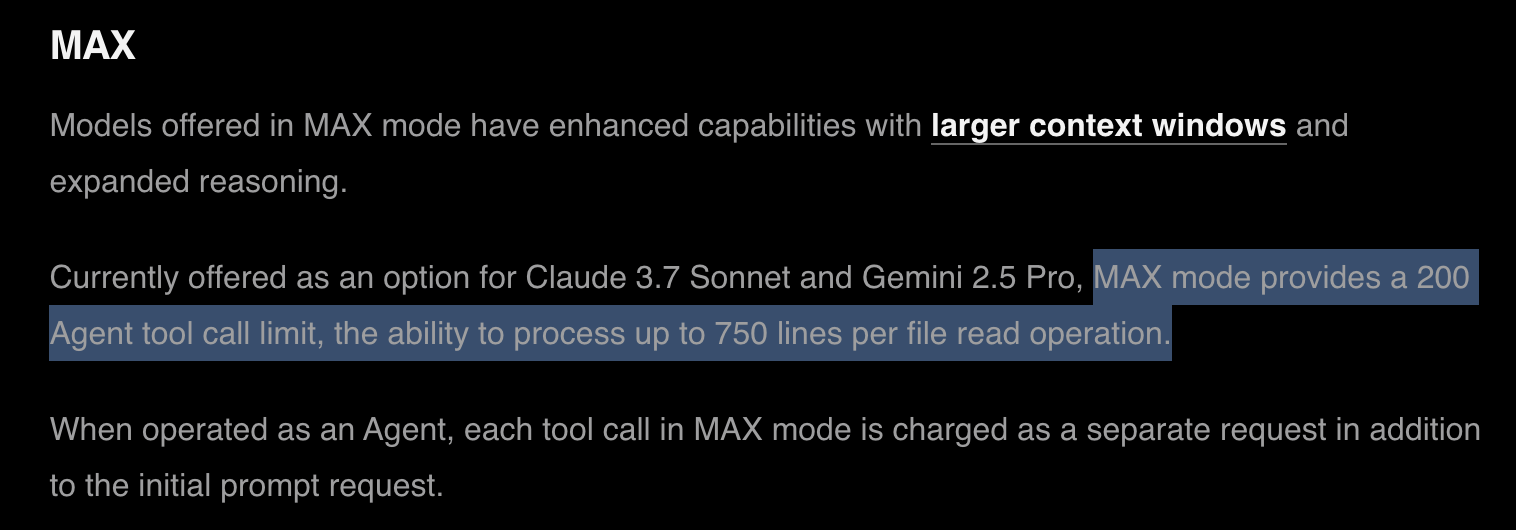
The 200 Tool Call Limit:
In MAX mode, the limit is raised substantially to 200 tool calls per interaction. This eight-fold increase allows the AI to undertake much more complex research, analysis, and multi-step operations without hitting the boundary seen in standard mode. This is ideal for tasks like:
- In-depth research requiring synthesis of information from multiple web sources.
- Complex code generation or refactoring involving analysis of numerous project files.
- Multi-step problem-solving where each step might necessitate tool usage.
The MAX Mode Cost Structure:
This expanded capability comes with a different cost structure. While the standard mode bundles the initial 25 tool calls into the primary request cost (with "Continue" adding subsequent requests), MAX mode operates differently:
- The initial prompt itself counts as one request.
- Crucially, each tool call performed in MAX mode is charged as a separate, additional request.
So, if you initiate a MAX mode interaction and the AI performs 10 tool calls (e.g., 5 web searches and 5 file reads) to generate its response, this interaction will count as 1 (initial prompt) + 10 (tool calls) = 11 requests against your quota or bill.
This per-tool-call request accounting means that MAX mode, while powerful, can consume your request allocation much faster than standard mode, especially for tool-heavy tasks. It's a trade-off: higher capability per interaction versus potentially higher request volume.
Shall I Upgrade to Cursor Pro to Avoid Limits?
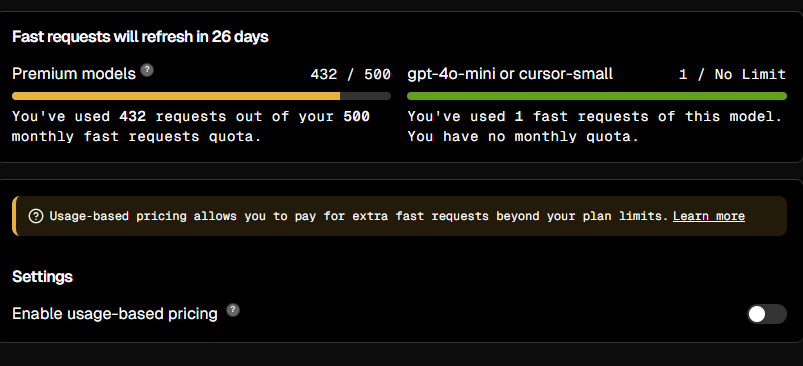
Understanding the request implications of both standard "Continue" clicks and MAX mode tool calls is particularly important for users on Cursor's paid tiers (Pro or Business).
Included Monthly Requests:
Premium users typically receive a generous allocation of 500 included premium model requests per month as part of their subscription. These requests cover interactions with the more advanced models and include the usage under the standard tool call limits (and the "Continue" mechanism counting as extra requests) as well as MAX mode usage (where the initial prompt and each tool call count).
Exceeding the Included Allocation:
What happens if you exhaust these 500 included requests before your monthly cycle resets? Cursor aims to provide continuous service. However, to manage overall system load and costs, service may be impacted:
- Potential Delays: Response times might become longer during peak usage periods.
- Model Access Limitations: Access to certain premium models might be temporarily restricted if the system is under heavy load.
Usage-Based Pricing:
To guarantee uninterrupted, full-speed access to premium models even after exceeding the 500 included requests, users can opt-in to usage-based pricing. This setting, typically found in the account or billing settings, allows Cursor to continue processing requests beyond the included limit, billing for the additional usage on a per-request basis. This ensures consistent performance and access, which can be critical for professionals relying heavily on Cursor's AI capabilities. The cost structure under usage-based pricing will reflect the different ways requests are counted in standard vs. MAX mode.
Don't Forget File Reading Limits in Cursor
Separate from the general tool call limit per interaction, there are also specific limits on how many lines of code the AI can read from your files at once or within a certain context window:
- MAX Mode: Up to 750 lines.
- Other Modes: Up to 250 lines.
While file reading is a type of tool call and counts towards the 25/200 limit, these line limits represent a constraint on the size of the file context the AI can ingest in a single operation or consider simultaneously. If you're working with very large files or asking questions that require understanding widely separated parts of a file, the AI might need to perform multiple read operations (each counting as a tool call) or might struggle to grasp the full context due to these line limits. Being aware of this can help in structuring prompts that focus on relevant sections of large files.
Also, Constantly Monitor Your Usage in Cursor
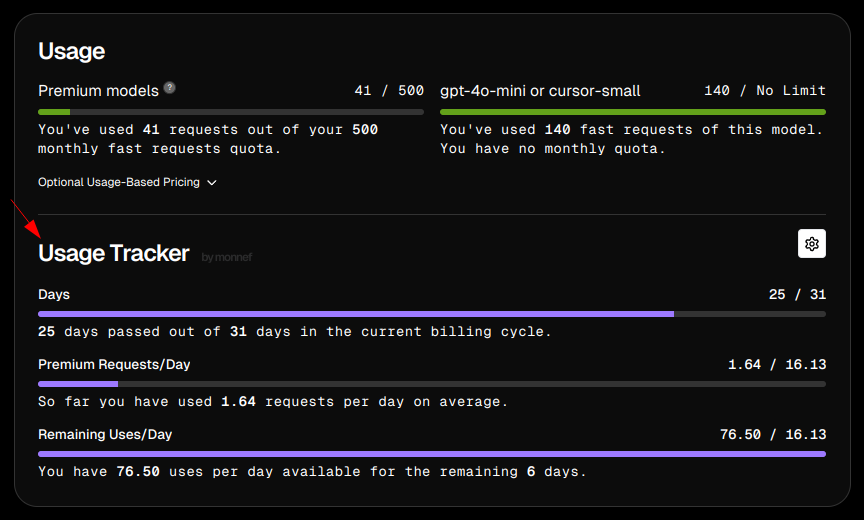
Cursor provides visibility into the AI's actions. The chat interface typically shows when tool calls are made and often includes summaries or snippets of their results (e.g., web search results used, file sections read). Regularly observing this feedback is invaluable. It helps you:
- Understand why the tool call limit might be reached.
- Identify if the AI is using tools efficiently for your prompts.
- Learn how to refine your prompts to guide the AI more effectively.
- Track how many "Continue" prompts you're accepting or how many tool calls are occurring in MAX mode, helping you manage your request usage.
Conclusion
Cursor's tool call limits are not arbitrary roadblocks but necessary mechanisms for managing a powerful and resource-intensive AI system. By understanding the standard 25-call limit, the function and cost of the "Continue" button, the expanded power and per-call cost of MAX mode (with its 200-call ceiling), and the specific file reading limits, users can navigate these boundaries effectively.
The key lies in mindful interaction: crafting clear and specific prompts, breaking down complexity, choosing the right mode (Standard vs. MAX) for the task's requirements and your request budget, and monitoring the AI's actions through the chat interface. For premium users, understanding the 500 included requests and the option of usage-based pricing provides further control over access and cost.
Want an integrated, All-in-One platform for your Developer Team to work together with maximum productivity?
Apidog delivers all your demands, and replaces Postman at a much more affordable price!


